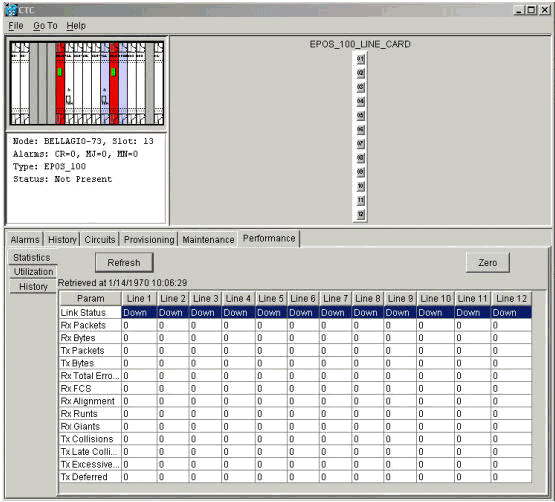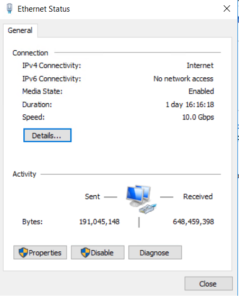

Cisco have their own versions of these called UPoE and UPoE+. This supplies 30 watts of power per port.īut why stop there? We now have two additional PoE++ standards, called type-3 and type-4, that can deliver 60 and 100 watts per port. These include 4-in-1 security cameras, tablets, LCD screens, and others. There are some other devices that simply need more power to run. Any device that consumes power is called a PD, or Powered Device. Just to explain the terminology a bit… Any device that supplies power is called a PSE, or Power Sourcing Equipment. So type-1 PoE supplies 15.4 watts at the port, but only guarantees 12.95 watts to the powered device. In any power solution, there is a little power loss as power runs over the cable. You probably know that we measure power in watts. Type-1 PoE is still used quite commonly, as it’s very good for powering small appliances like desk phones, and small wireless access points. It uses two powered wires, and provides 15.4 watts of power per port.

The original PoE standard was 802.3af, which is now known as Type-1 PoE. It was a pretty good idea, so since then the IEEE have released several PoE standards that any vendor can use. This was a Cisco only technology, so if you wanted it, you needed a Cisco switch. The maximum port speed for this standard was 100-Meg. It was called Cisco Inline Power, and it could deliver up to 7 watts of power per port. No need for any extra power adapters.Ĭisco originally introduced powered interfaces over 20 years ago. When we connect this phone to the network, we can see that it automatically starts booting up. They generally only need a few watts of power, so we’re only talking about smaller devices, like this phone, not servers or workstations. That’s where we have power and data using the same network cable.Īny device that we can power up over the network is called a Powered Device or PD. The alternative is to use Power over Ethernet to power devices through the network. These devices need power, but you don’t want to add an extra wall socket next to each of them – It takes more space, and adds more messy cabling. Imagine that you have a few desk phones, security cameras and wireless access points to connect to your network. Got a quick and to-the-point video for you today, and it’s all about power.


 0 kommentar(er)
0 kommentar(er)
